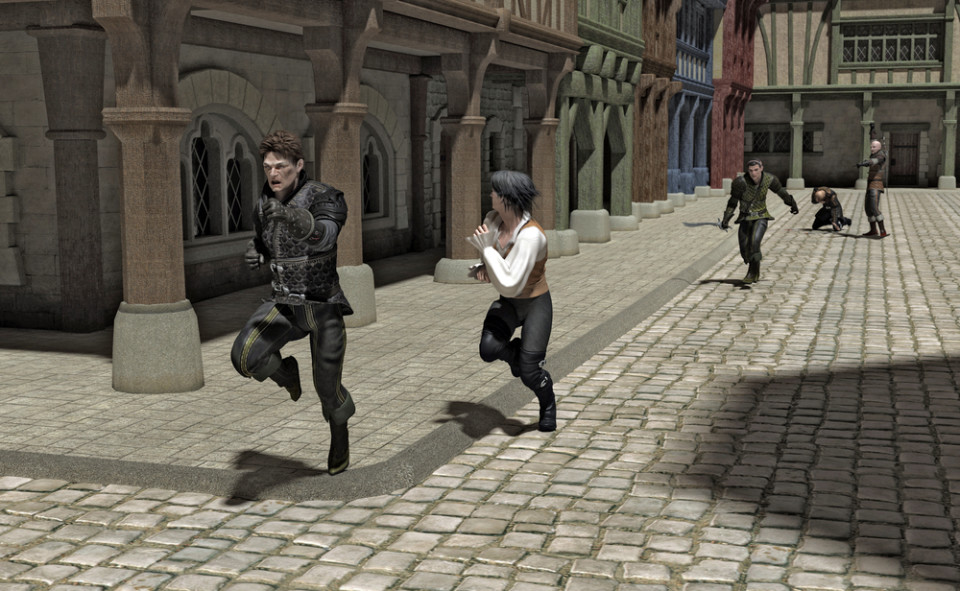Stop! Thief! Cries pierce the night air and echo down the narrow streets. Doors and shutters fly open, feet pound the cobblestone, and the pursuit begins. A criminal has struck in a European town, and the residents respond in the only way they know...
Is the witness lying? It’s an important question for a detective – a train switch that can change the course of the investigation. Modern detectives can rely on lie detectors and subtle clues in body language. They get training based on...




Recent Comments